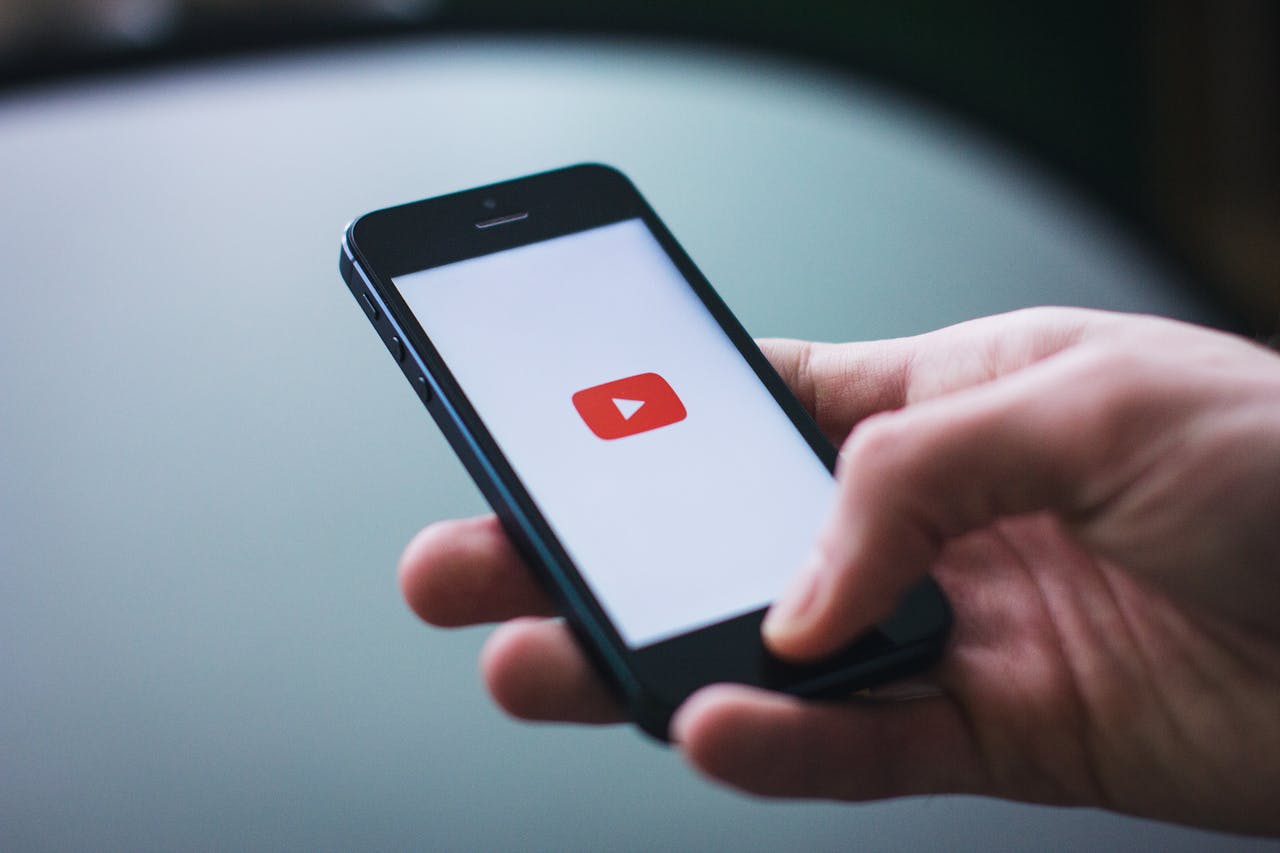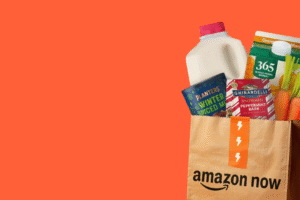
YouTube AI Monetization Crackdown Begins July 15
Clarifying What Counts as Inauthentic in the Age of AI
On July 15, YouTube will launch a stricter phase of its content policies under the YouTube Partner Program (YPP). This update directly supports the platform’s YouTube AI monetization crackdown, targeting mass-produced and AI-generated videos that lack originality.
YouTube’s Help documentation already outlines the requirement for “original” and “authentic” content. However, the new policy aims to clarify what these terms mean in a content landscape increasingly influenced by AI tools. While creators remain eligible to monetize original reactions or commentary, repetitive or auto-generated content will face new scrutiny.
📌 Creators should review their uploads to ensure alignment with authenticity benchmarks. Channels using voiceovers, recycled footage, or AI-synthesized commentary may be impacted.
AI Slop: The Rise of Spam-Like Content
One of the core drivers behind this YouTube AI monetization crackdown is the spread of “AI slop”—a term used to describe low-quality media generated by artificial intelligence. This includes:
- Videos using AI voiceovers layered on stock footage
- Entirely AI-generated true crime narratives
- Fake news videos with AI-generated avatars
- AI music channels with millions of followers
These types of videos may gain traction algorithmically, but they often fail to provide genuine value to viewers. YouTube’s Rene Ritchie noted that this type of content has already been ineligible for monetization, and the policy update is simply an enforcement clarification—not a new rule.
🔗 Support audience engagement with real-time tools like LiveChat
Safeguarding Trust and Platform Integrity
The broader YouTube AI monetization crackdown stems from concerns about user trust and platform integrity. Even the likeness of YouTube CEO Neal Mohan was misused in a deepfake phishing attempt, highlighting the dangers of unchecked AI content.
Viewers and advertisers alike are sensitive to the flood of AI-generated media. By setting a clear boundary between authentic content and mass-produced spam, YouTube aims to protect the long-term credibility of its monetization ecosystem.
For content teams, this signals a need to prioritize genuine creative input over automation. AI can still assist workflows, but originality will remain the monetizable currency.
🔗 Drive team alignment with performance tools from Teamflect
What Creators and Businesses Should Expect
While YouTube labels this as a “minor” policy refinement, the move reflects a broader strategic direction. Creators relying on AI for scaled content output must now reassess their eligibility under the YouTube AI monetization crackdown.
Mass bans may not be immediate, but the policy gives YouTube the authority to demonetize entire categories of repetitive or non-authentic videos. Businesses using YouTube for branded content or educational videos must now double-check that their assets meet the platform’s evolving standards.
What Comes Next?
This shift raises a bigger question:
Can platforms balance AI innovation with accountability, or will the race for automation erode content quality across the board?
Explore Business Solutions from Uttkrist and our Partners’, Pipedrive CRM and more
🔗 uttkrist.com/explore



